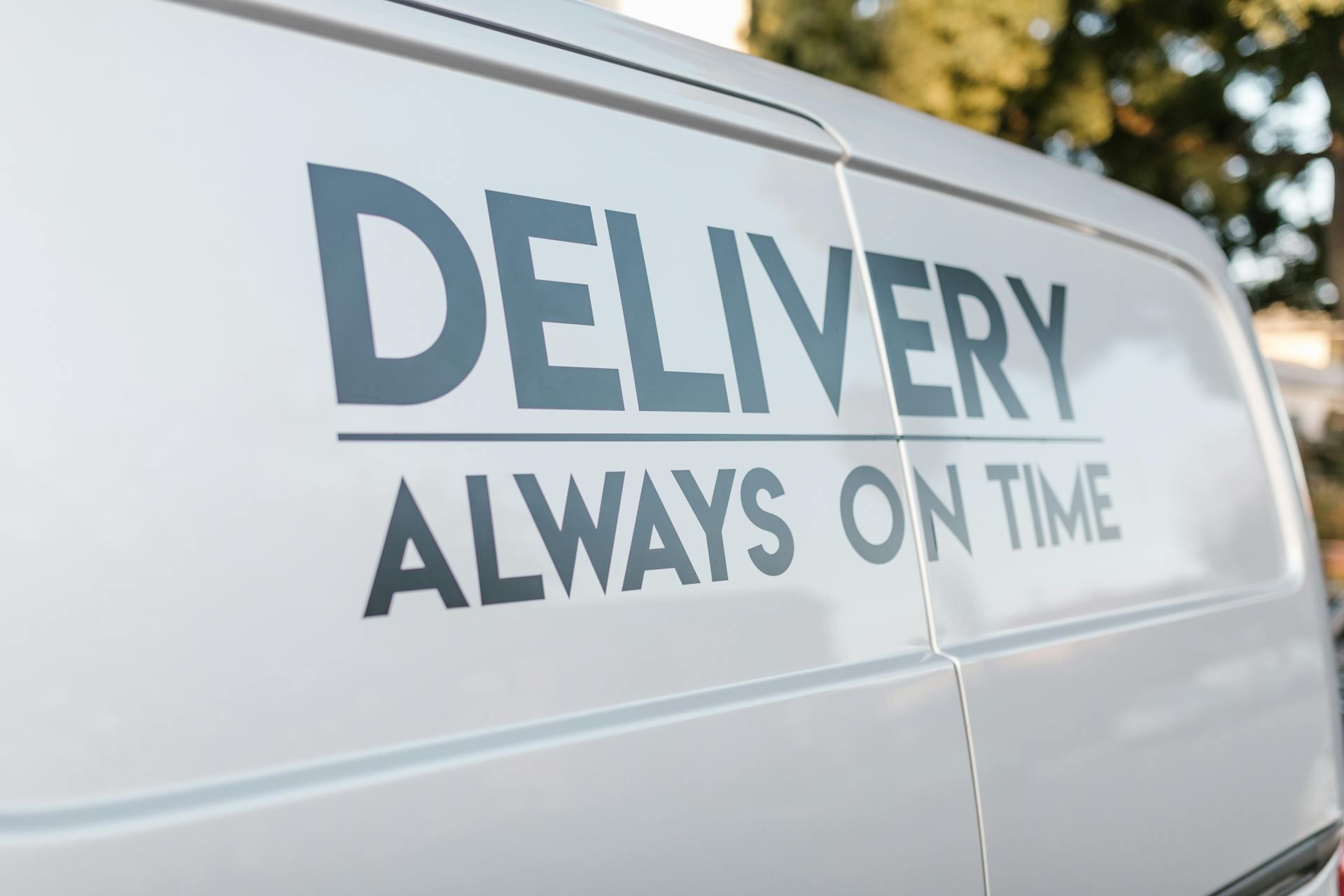
Data alone isn’t wisdom. Many managers become overwhelmed by numbers, charts, and metrics, which may offer insight but fail to yield a significant breakthrough. What separates the average from the exceptional is simple: knowing which measurement matters most. In the chaos of modern fleet operations, with vehicles scattered, costs rising, and downtime lurking everywhere, it’s utilization that cuts through the fog. This metric reveals more than just where something is positioned on a spreadsheet. Utilization points to inefficiency, signals opportunity, and clarifies priorities. Ignore it and you run the risk of operating expensive assets blindly. Case closed: leaders can’t afford to overlook what their fleet does all day.
A Metric With Teeth
The jargon never ends, so here’s clarity: KPIs for fleet utilization define how hard every vehicle works for its keep. There’s no need to hide behind a sea of ambiguous statistics or meaningless benchmarks that hold no practical significance. When tracked with discipline, these KPIs expose underused trucks or vans quietly draining budgets without anyone noticing. Managers see exactly when vehicles sit idle or run at full tilt (sometimes both in a single week). The result? Better choices about rotating equipment, sizing up needs, or simply retiring old inventory before it becomes dead weight on balance sheets.
Faster Course Corrections
Decisions too often lag behind reality. Teams often persist in their old habits, waiting weeks to notice a sudden drop in productivity or an increase in unplanned maintenance costs. Clear utilization data completely changes this dynamic. Mistakes flash red on dashboards instead of festering for months in hidden reports nobody reads. Executives act quickly rather than slowly moving toward disaster. They address allocation gaps by adjusting routes or swapping out vehicles mid-cycle without missing a beat. Suddenly, wasted miles disappear, and tight schedules consistently meet targets.
The Link To Cost Savings
Ignore talk about fancy software bells and whistles for one second and focus on this basic truth: efficiency saves money every time it wins the battle against waste. Higher utilization means vehicles haul more loads with fewer resources spent idling around waiting for assignments that never come. Fuel bills shrink as unnecessary trips disappear from logbooks almost overnight. Insurance premiums sometimes follow suit as risk exposure falls alongside sharper scheduling practices. Even capital expenditures stay under control because asset lifespans stretch longer through smarter deployment strategies.
Room For Continuous Improvement
No manager wakes up thinking yesterday’s approach will win tomorrow’s race, not if they want to stay ahead anyway. Utilization metrics identify improvement goals. Patterns demonstrate how minor adjustments can have a significant impact over weeks or quarters, not just years later, when competitors have already overtaken complacent businesses that have been slow to implement change initiatives that should have been implemented years ago. Challenges are inevitable yet always visible, now making progress less about guesswork and more about deliberate iteration rooted firmly in evidence rather than hunches.
Conclusion
Numbers provide compelling narratives. If someone listens closely enough and acts, this is the undeniable lesson from fleets that turn raw data into practical results by using targeted performance indicators tied directly to utilization rates. The smartest players combine experience with relentless tracking to drive transformation across teams both big and small. Mediocrity recedes whenever leaders refuse to settle for generic averages written by others who don’t understand their unique realities firsthand. At day’s end, forward-thinking organizations let these numbers guide them toward smoother operations plus healthier bottom lines—a formula too compelling to ignore ever again.










